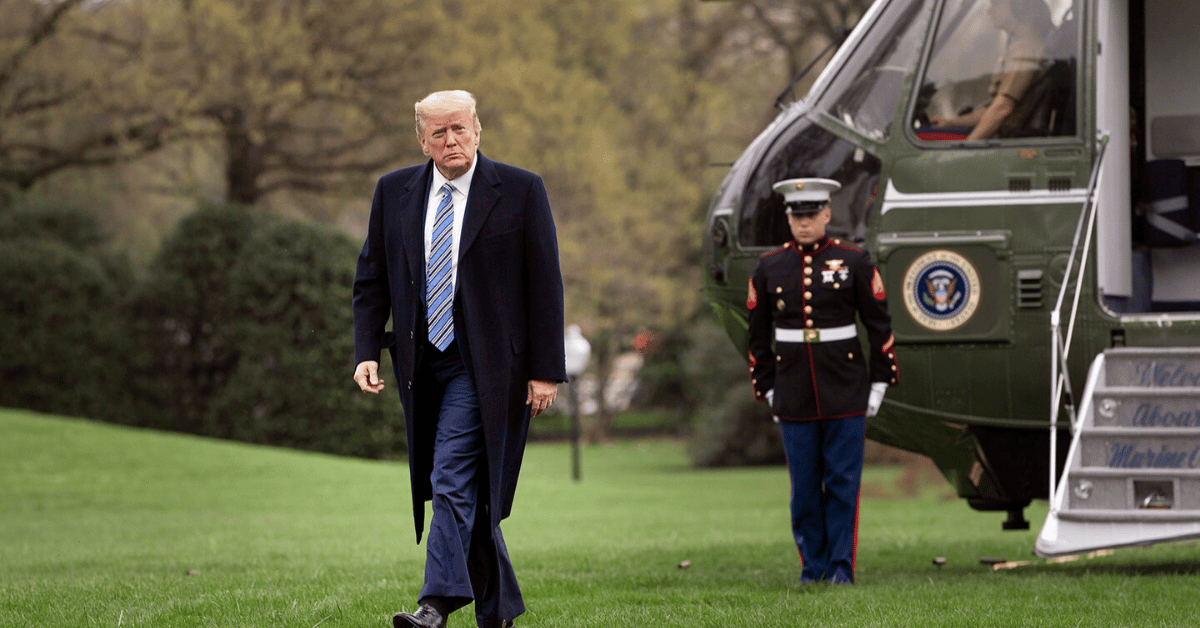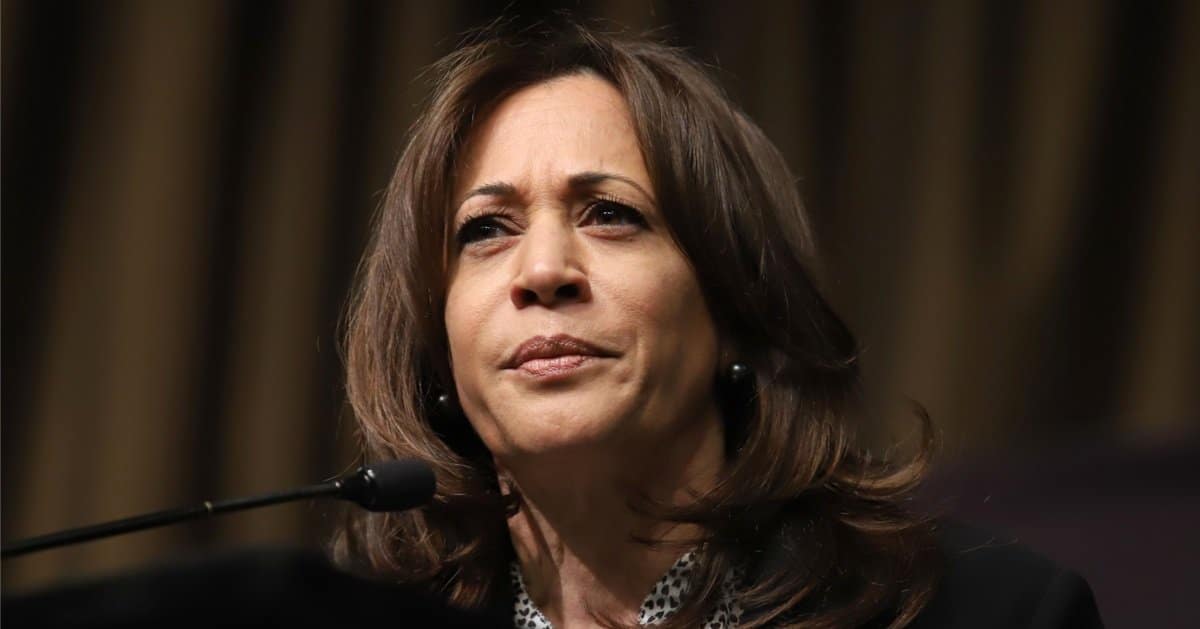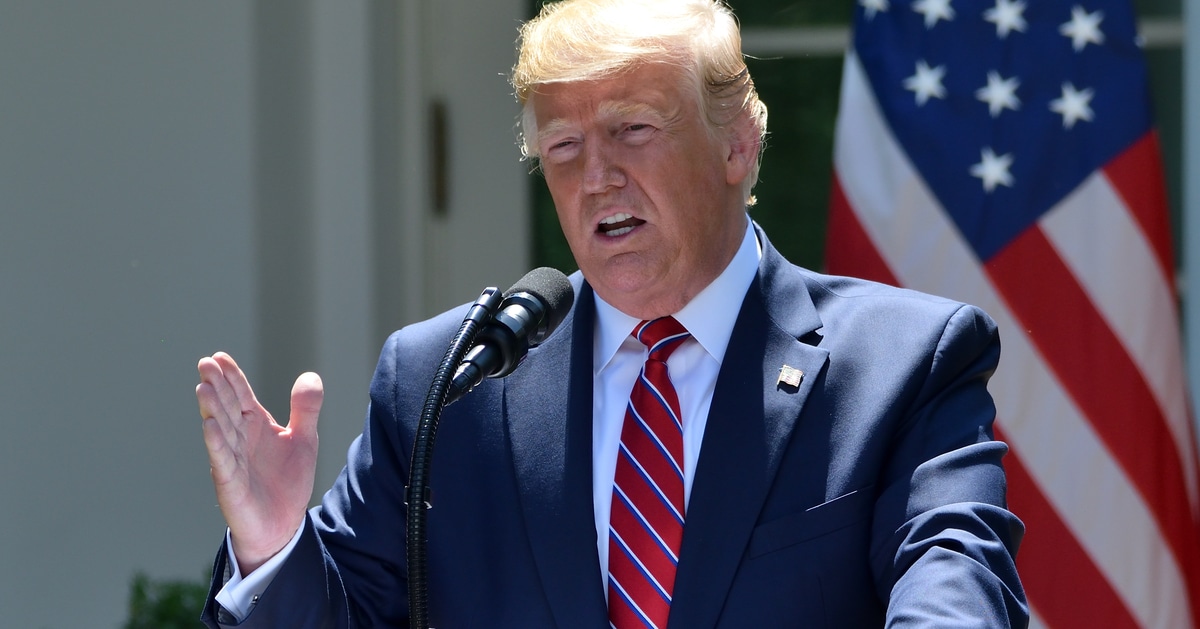




The White House announced a new policy that will see emails from reporters who include gender pronouns in their signatures ignored.
On Wednesday, the White House confirmed to Axios that it plans to disregard any reporter’s communications that feature gender pronouns. The confirmation of this policy coincides with a history of media management tactics employed by the Trump administration.
In previous moves, the administration had extensively controlled media coverage, including blocking specific outlets, removing reporters from press events, and influencing seating arrangements in the briefing room.
Given the rising prominence of neutral pronouns, especially amidst ongoing debates surrounding LGBTQ+ rights within various sectors of American life, the recent White House decision appears especially impactful.
Neutral pronouns are a form of language control utilized by radical leftist activists to show allyship to the trans movement while demonizing those who choose not to embrace the new language.
The policy was articulated by Karoline Leavitt, the White House press secretary. She explained to the New York Times that the administration has a standing directive not to engage with reporters who use gender pronouns in their contact details.
This revelation sheds light on the administration's broader stance when interacting with the press, where control and limitation seem to be underlying themes.
Earlier in the year, the White House had already issued instructions barring federal employees from using gender pronouns in their official correspondence. This action formed part of an overarching order targeting protective measures for transgender individuals.
The directive was reflective of a series of administrative moves aimed at curtailing certain LGBTQ+ privileges pushed by the last administration.
The spokesman for the administration, Harrison Fields, echoed the policy stance in his communication with Axios. In a stark and brief email, Fields confirmed the enforceability of the policy, asserting the administration’s commitment to its implementation and echoing the broader media strategy of the government.
For example, notable events include the removal of various news organizations from Pentagon workspaces and rearranging the briefing room seating chart to benefit favorable media outlets. These tactics form part of a series that illustrates the administration’s determination to manage and limit journalistic inquiry.
Today, the use of gender-neutral pronouns is intertwined with gender rights activism, which has deep roots in radical thinking pushed by anti-American activists and intellectuals.
In the political arena, the defense or rejection of these pronouns becomes an emblem of political and cultural values. Consequently, the White House’s recent move is likely to resonate deeply within the LGBTQ+ community and advocates emphasizing fairness and inclusion in communication.
After years of dominance by leftists in the culture, the White House's deliberate targeting of the "pronouns in bio" crowd comes as a breath of fresh air to regular Americans.



